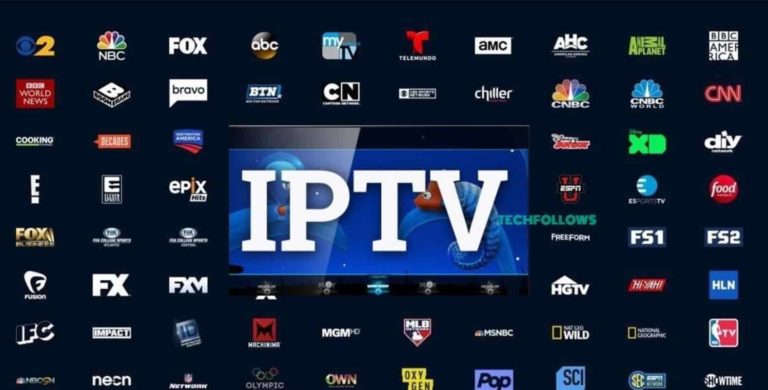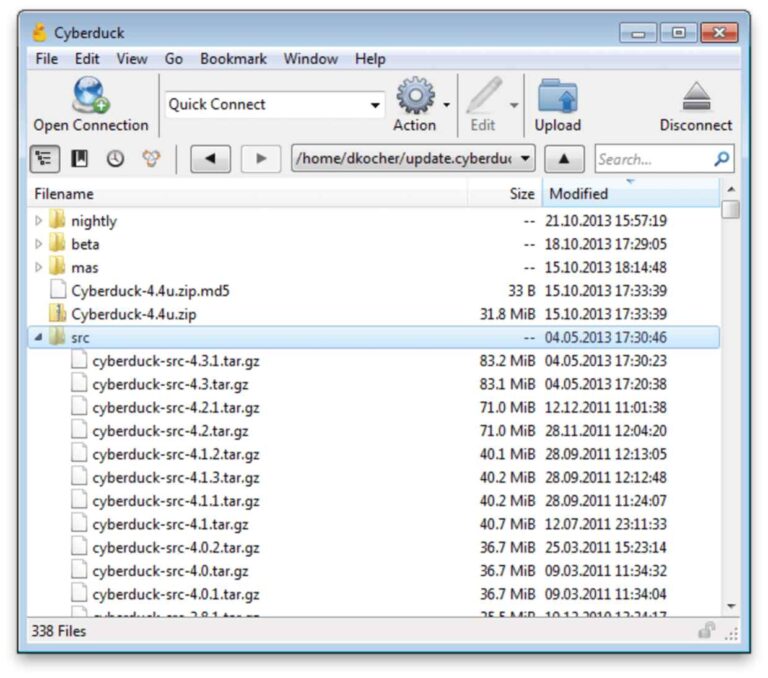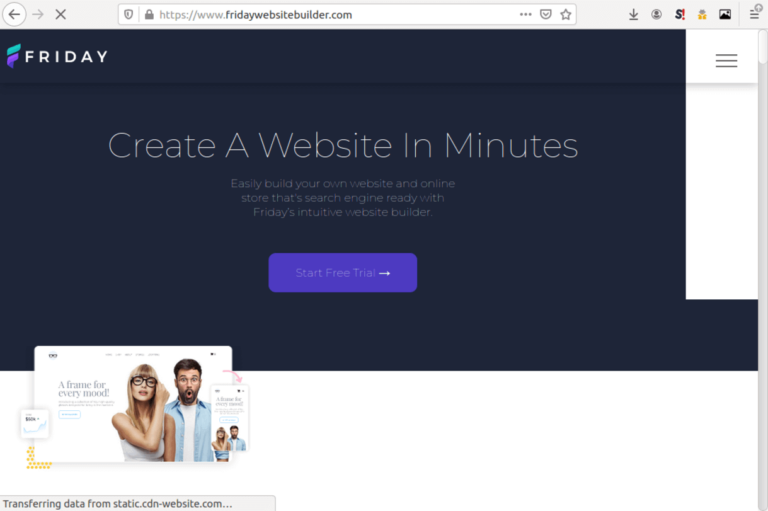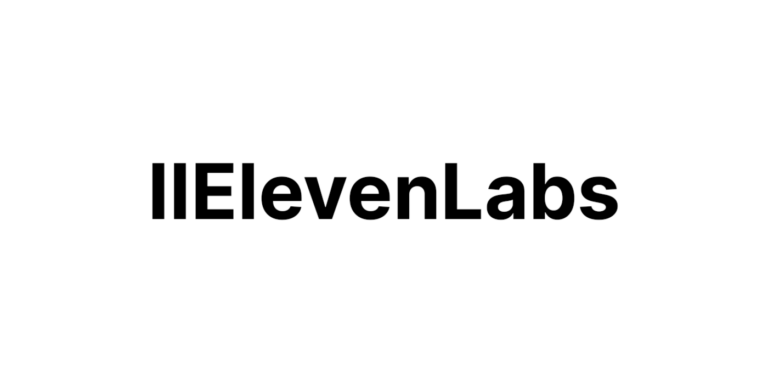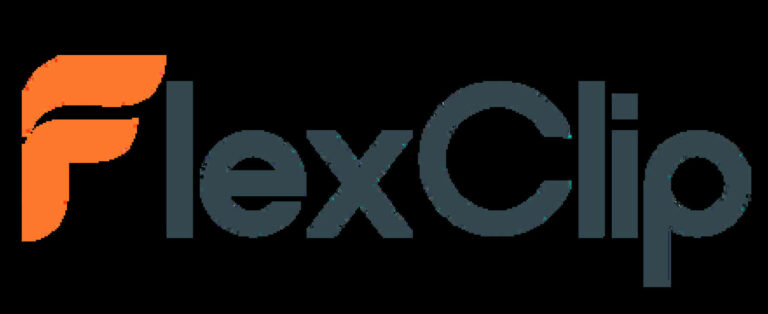Gatsby vs 11ty: Which is better?
Did you decide to use a static site generator for your next project, but you cannot choose between Gatsby and 11ty? Read on for some enlightenment.

The Gatsby vs 11ty debate will continue as static sites and static site generators gain in popularity over more traditional platforms like Drupal and WordPress.
Gatsby is a powerful system that makes it easy to do a lot, while 11ty keeps things simple and efficient. Both systems are powered by JavaScript. But while Gatsby is based on React, 11ty is built on Node.js.
This comparison between the two platforms looks at their major features to help you determine which one is best for your next project.
Gatsby vs 11ty Comparison
| Gatsby | 11ty | |
|---|---|---|
| Development platform: | React.js | Node.js |
| Pages rendered: | HTML & JS | HTML |
| Loading Time: | Fast | Faster |
| User-friendliness: | Top | Average |
| Image handling: | Top | Average |
| Template flexibility: | Average | Top |
| Community & plugins: | Larger | Smaller |
| API integration: | Best | Low |
| Extra services: | Gatsby Cloud | None |
| Learning curve: | Higher | Lower |
Development platform
Both frameworks run on JavaScript, but 11ty is developed directly on Node.js, while Gatsby has its roots in React.
Node.js is a runtime environment based on the Chrome V8 rendering engine. It lets you run JavaScript code on any platform it’s installed on, meaning JavaScript is no more limited to web browsers.
React.js is a UI development framework that helps in creating highly intuitive and interactive apps and websites. Its features are very evident here on Gatsby-rendered sites and are a big plus.
So, while you will need just Node.js to generate 11ty sites, you will need both Node.js and React.js to render a Gatsby website.
Pages rendered
Here lies a major difference between these two systems. Gatsby renders HTML & JS sites by default, while 11ty renders plain HTML sites by default.
Of course, you could always add JavaScript to your 11ty templates as you desire, but the package is designed for simplicity. For instance, a basic 11ty installation will just output whatever you wrote in your markdown file and nothing else.
Gatsby, on the other hand, leverages its React.js roots to produce more than simple HTML outputs. You get optimized and progressively-loading images, for instance, plus link pre-fetching for fluid page transitions and an overall rich user experience.
Loading time
React.js is client-side JavaScript. Therefore, any website that includes it will have to load the framework first and execute it on the visitor’s browser, before displaying the site’s content and other included JS functions.
In simple terms: A standard Eleventy-generated static HTML site will always load faster than a Gatsby site with its React.js features.
User-friendliness
When it comes to the front end or what the site visitor sees, Gatsby has the advantage over 11ty because of its integrated React.js features.
It places more focus on user experience than 11ty. This includes pre-fetched pages and image management, plus easier site migrations for the site admin.
With Gatsby, all you need to migrate a WordPress site to a static site is the gatsby-source-wordpress plugin and everything else gets handled automatically. Gatsby also has over 2,000 other plugins to choose from, but 11ty does not even come close.
Image handling
Gatsby offers many advantages over 11ty when it comes to image handling. They include the initial sourcing of external data and rendering of the static pages, and how they get served to website visitors.
In comparison, 11ty does not offer many image handling features. It has a simple image plugin to help with build-time image transformations and handling of output sizes. Still, it pales in comparison to what Gatsby offers.
Template Flexibility
Here is where 11ty shines. Unlike Gatsby with its user-experience focus, 11ty focuses on simplicity and freedom.
You can create your 11ty template using 10 different template languages. Furthermore, you can use just one or combine two, three, or all these different languages in one project. No problem.
While Gatsby accepts only Markdown and JavaScript template files, 11ty accepts HTML, Markdown, Nunjucks, Liquid, JavaScript, Haml, EJS, Mustache, and Handlebars.
Eleventy also combines front-matter well with external data to create any site structure that you want. Plus, it makes it all look too easy while templating is a relatively uphill task with Gatsby.
Community and plugins
When it comes to community and plugins, the Gatsby community is larger and more resourceful than the 11ty community by far.
While you can only count a handful of templates and plugins to extend an 11ty project, Gatsby boasts of over 2,000 plugins. They carry out the widest range of tasks from search, data-sourcing, e-commerce, analytics, and content management.
Gatsby also has commercial backing, so you can expect more activity and improvements in the future.
API integration
Given its larger and more vibrant community, Gatsby connects with more APIs and services across the web than 11ty currently does. It is a more mature project, and this is very evident from its extensive integration.
The list of Gatsby’s API plugins includes Shopify, Snipcart, and Bigcommerce for e-commerce, Algolia for search, Netlify, and Amazon S3 for hosting, plus Drupal, Airtable, and WordPress for content sourcing.
Of course, there are many more, and the most popular online services are supported. You only have to search for what you need.
Extra services
You can easily host your static pages by yourself or you can use many affordable services to avoid the hassle of managing a live web server. Some of the most popular include Netlify, Azure, AWS Amplify, and lots more.
Besides, Gatsby also offers the Gatsby Cloud for seamless building, collaboration, and deployment of Gatsby sites. And it comes with performance reports, incremental builds, and real-time CMS and deployment previews.
This is another feature that 11ty lacks.
Both frameworks also work with GitHub, as any JAMstack project should. So, you can use a headless CMS like Strapi to manage your project on Git and then deploy to a service like Netlify after rendering.
Learning curve
Gatsby has a higher learning curve than 11ty, as there are just so many conventions to learn and in so many areas too. However, the extra effort should pay off if Gatsby is the perfect tool for you.
Conclusion
Coming to the end of this Gatsby vs 11ty comparison, it is plain to see how similar but different these two packages are.
Gatsby is great if you want a static website with a great user experience built-in. 11ty is perfect for the more advanced user who wants to create something unique.
Of course, there are other use cases in-between. You will need to reflect on your project goals to determine which of the two is the perfect solution.
